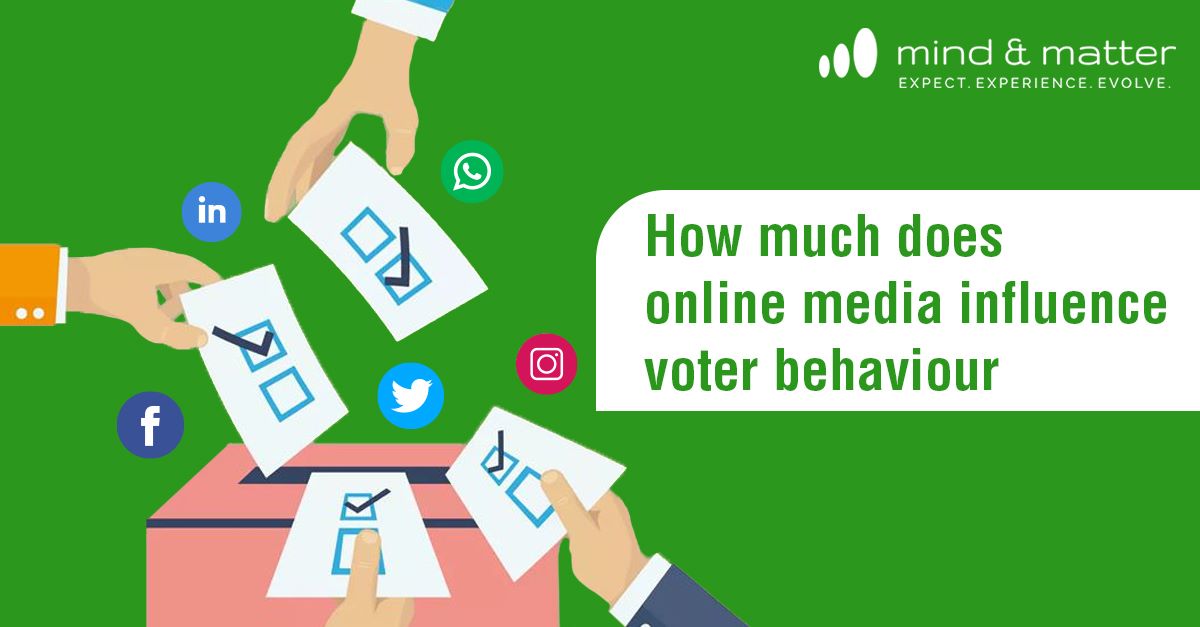
Media reports indicate that next year, as many as 14 countries are expected to go to the polls. The political parties of each country are expected to use online media as a significant part of their political strategy to win elections.
The fact that online media matters in influencing voter behaviour and winning elections was, reportedly, set by US President Barack Obama’s team during the 2008 Presidential Elections which mobilised voter sentiment in his favour against the Republican candidate John McCain. It also sent ripples around the world suggesting online media is a key weapon in, and superior marketing practice for, political campaigning vis-à-vis mainline or broadcast media. Even then, it took online media another ten years to show its full force.
Going by the management and outcome of the Indian 2019 General (Lok Sabha) Elections which won for Narendra Modi his second term as India’s prime minister, the answer to the question posed by the title of this article is an emphatic, “a lot.” In fact, new strategies for political campaigning evolved during this time using social media channels like Facebook, Twitter, YouTube and, later, Instagram, outpacing broadcast media in significance as far as voter behaviour is concerned. (Read This Blog)
“Earlier, in 2017, Modi [had] declared that the 2019 election would be fought on the smartphone. In last month’s election, the internet was instrumental in at least two vital aspects of the campaign: mobilizing and setting the narrative, and messaging and misinformation.”
With over 900 million Indian voters participating, the 2019 Indian Lok Sabha elections was an unrivalled political event in human history. Mobilising such a large number of voters and using online messaging strategically (though much of it is reported to be misinformation) has been a feat. But Narendra Modi’s BJP managed its campaigns well and secured a second term victory for Mr Modi as India’s Prime Minister, proving decisively that online media is effective in influencing voter behaviour.
This has not been the story everywhere. Other political campaigners around the world (including Mr Modi’s opposition parties in India) have found that managing online media to obtain desired campaign outcomes can be difficult. For instance,according to the Reuters Institute’s report on the 2019 UK General Election, there was very little engagement with online news by UK voters, especially by the younger voters who spend more time online compared to other demographic groups.
“Young people (18-34s) spent an average of just eight minutes a week with news websites during the recent UK election campaign and showed little inclination to consume traditional news sources either. By contrast, older people (35-65) accessed almost three times as much online news (22 minutes a week) and consumed more TV, radio and print as part of their media diets.”
This was a big blow to the commonly-held belief that most young people (below 35 years of age) who found their news online from news websites and apps or through social media channels such as Facebook, Twitter and Youtube were greatly influenced by news and opinions shared online. It was expected that this included influence over voter behaviour as well. However, the numbers spoke another story and reduced the confidence that online channels were a big influencer of voter behaviour in the UK.
In fact, 2024 just might provide an appropriate learning ground to test the effectiveness of online media in influencing voter behaviour in different political and cultural scenarios.
As far as elections go, 2024 is expected to create news for voters across the world. So far, some of the largest democracies have announced their presidential, parliamentary and state election plans. The list includes the UK, USA, India, Germany, Austria, Australia, Ukraine and several more countries. Naturally, everyone is excited and keenly watching the news as various countries unfold their election game plans. Keenly awaited is also news on how much online media and digital marketing will be deployed by the political parties and individual candidates to win their campaigns.
Online media and digital marketing have been growing in use every year and seem to have become a favourite of political campaigners all over the world. Together, they have become an alternative to mainline media and offer the advantages of speed, scale of operations, targeting, customization, instant analytics and overall campaign management. Campaign expenses can also be kept in check vis-à-vis the outcomes they deliver. With online media, voter behaviour can be monitored closely, locally, region-wise, and street-wise and tweaked according to specific campaign objectives at short notice; making online media immensely useful to political strategists and campaigners.
Let us let 2024 tell its tale.

